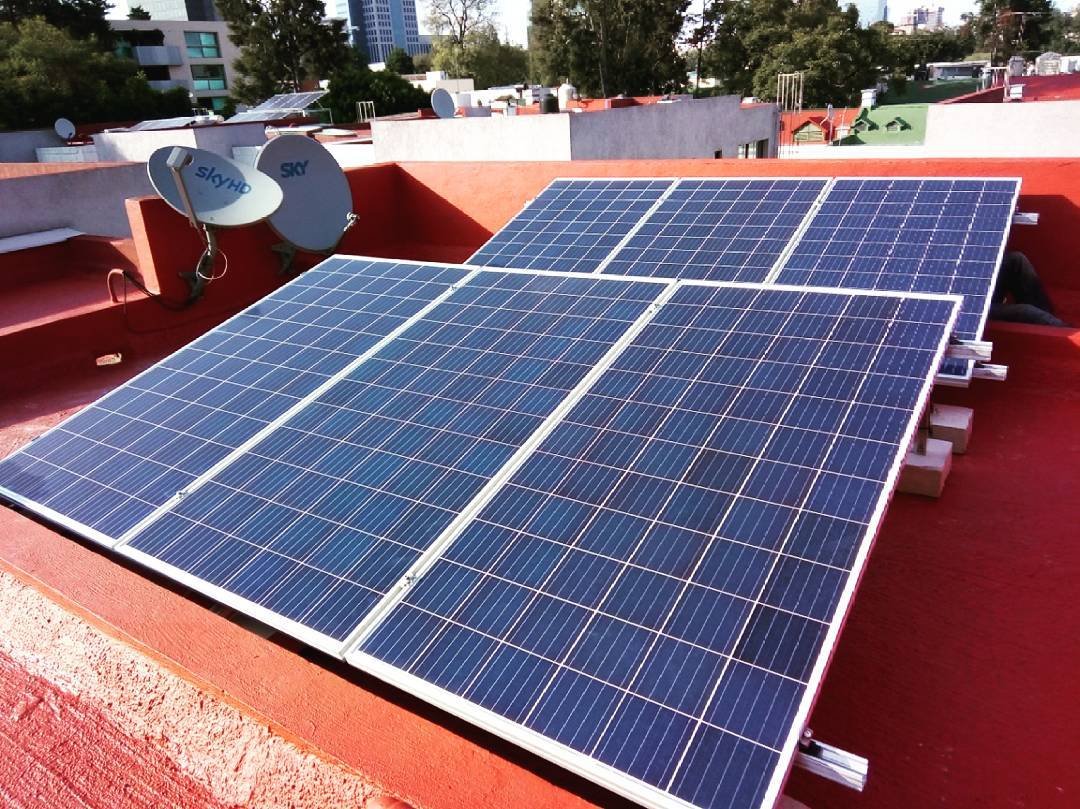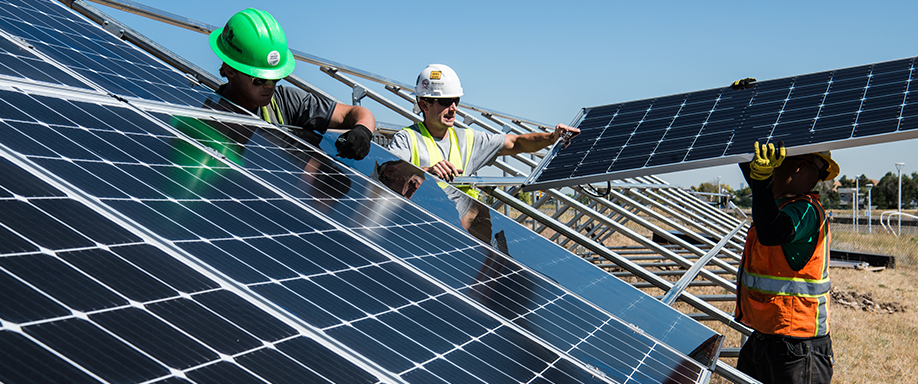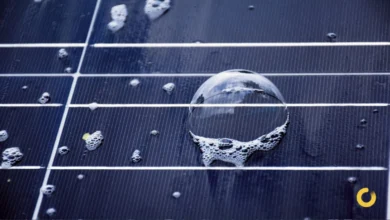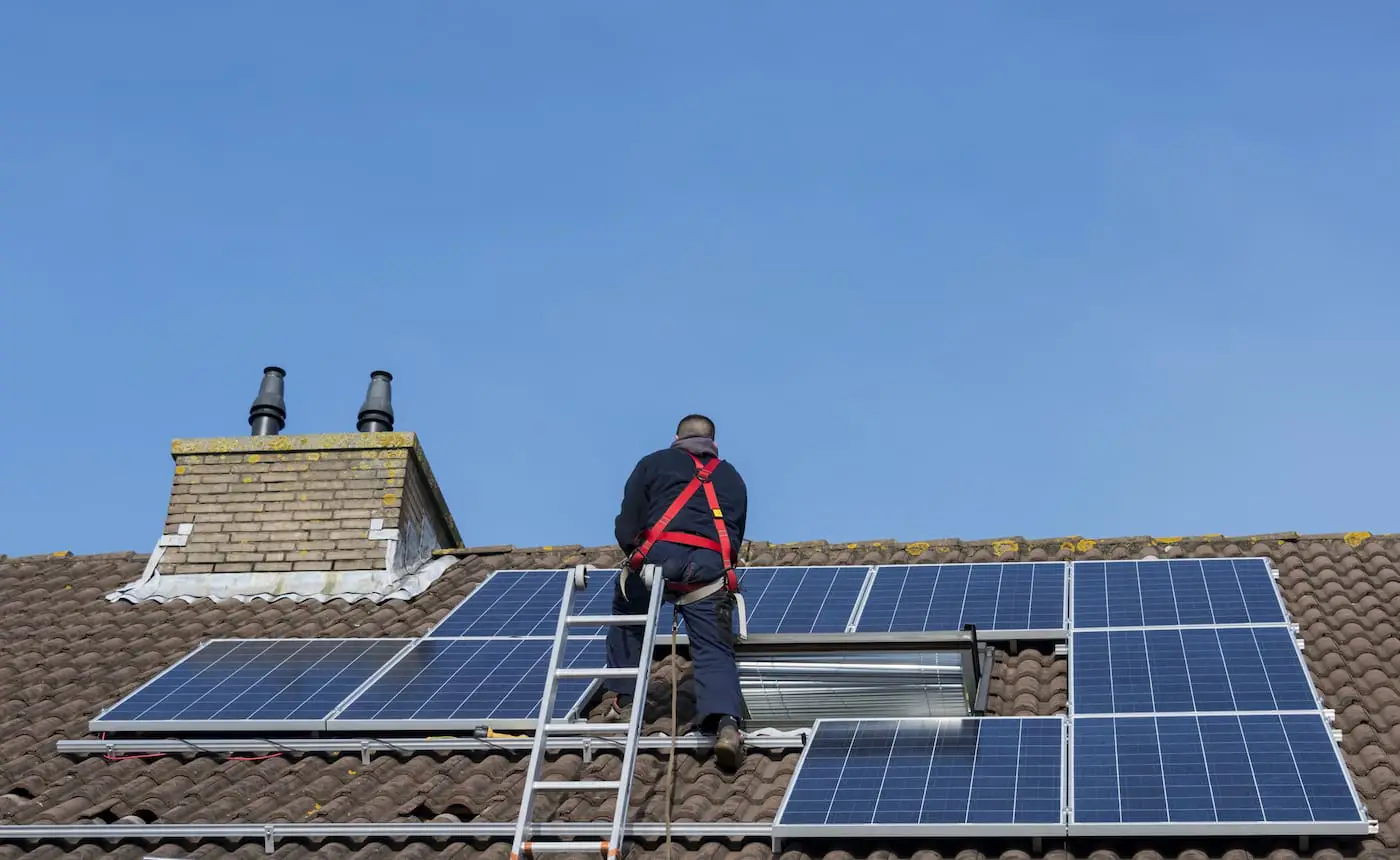
How do solar panels work?
Much is made of the benefits of solar energy. The truth is that photovoltaic installations have become everyday elements of roofs and decks both in our cities and in rural areas due to the great advantages they offer. But have you ever wondered how solar panels work?
How do solar panels work?
More and more people are aware, who are committed to a more sustainable future thanks to renewable, non-polluting energies. The sun is our great ally and on the islands we enjoy it practically all year round. So if you are thinking of generating electricity from solar energy, at EAVE the first thing we recommend is knowing the basics and the potential of our solar panels.
With this article we want to introduce you to this exciting world and tell you some of the keys that will help you better understand the benefits of solar energy and why choosing and introducing this energy change in your home can become one of the best decisions you can make. take in the future
A brief introduction about how solar panels work
As you already know, solar panels or solar panels that are installed on the roof of a house capture the energy of the sun. They take this energy and use it to provide electricity.
An interesting fact: despite the fact that many people still doubt their efficiency, solar panels supply energy even on cloudy days when the sun is not visible.
This happens because solar panels work by allowing photons, or light particles, to hit electrons to free them from atoms, generating a flow of electricity. Solar panels are actually made up of many smaller units called photovoltaic cells, and the key lies in how they work together.
Many cells connected together form the solar panel.
Our solar panels are made up of solar cells, which are like small cells. Each photovoltaic cell is made up of two segments of semiconductor material, in our case made of crystalline silicon, the same material used in microelectronics.
To function, photovoltaic cells establish an electric field. Like a magnetic field that is produced due to opposite poles, an electric field is produced when positive charge and negative charge separate. And this is what generates a reaction or photoelectric effect.
But how do home panels really work?
Although a series of technical concepts are involved in the process that transforms energy, we are going to try to explain it to you in a simple and practical way:
- When solar energy falls on the solar panels, they absorb the radiation, generating direct current electricity, which is the electric current that flows constantly in one direction.
- Electricity is powered by what is called the photoelectric effect. This converts the current into AC electricity, which is basically the type of power that appliances in your home require in order to function.
- Thanks to the semiconductor material, the electrical energy that is generated is delivered to the house’s connection box, facilitating its consumption.
- Our high-efficiency photovoltaic self-consumption installations are used to power your home and also to have a wallbox , as a domestic solution to charge your electric vehicle.
- And an extra to keep in mind: in addition to reducing your conventional electricity bill by consuming the sun’s energy from your panels, the energy that your home does not need or do not use can be sold.
Do you find it interesting?






